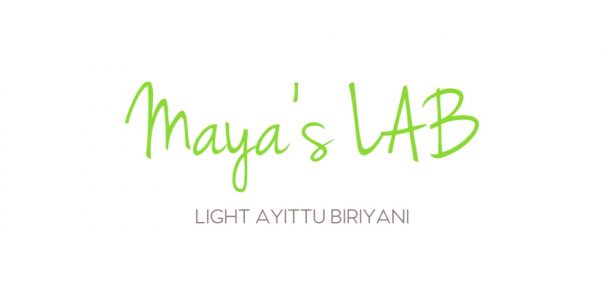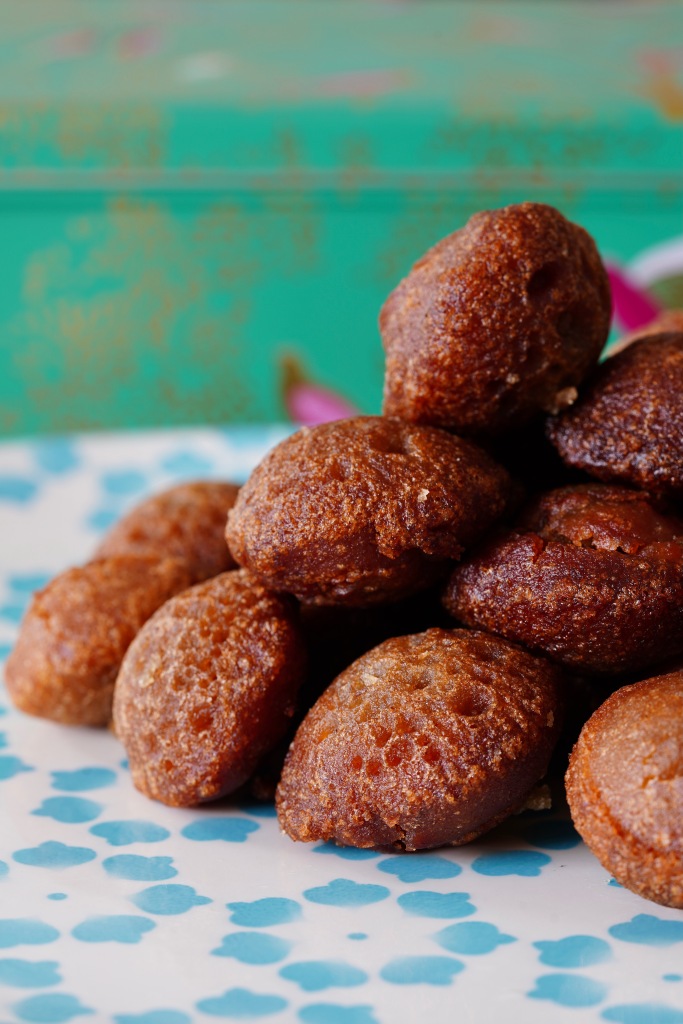
Absence (of food) makes the heart grow fonder.
Recipe Courtesy:Lucella Jose Vadakkekalam
Back home where food and love spoke the same language, I looked forward to the unniyappams or fried sweet dumplings which were served during church and temple festivals. So when I had an opportunity to make an offerring at the church, they were the first option on my list. My mother’s sister shared this recipe given by Lucella aunty and said that it was the best that she has ever had. The sheer simiplicity of the recipe and the willingness to share her recipes with such detailed instructions is commendable. My aunt was spot-on with her review.
Authentic family recipes are always difficult to replicate especially when our elders eyeballed the measures and defined ingredients based on their visual & olfactory cues (and what is available at hand). This recipe has all the rich & indulgent produce of Kerala presented to you in a beautiful bite-sized package. I must warn you that it does take a little practice to get the dumplings cooked evenly but once you understand the heating controls, its an easy ride!
Ingredients
Rice Flour – 1 cup
Plain Flour – 100 gms
Jaggery – 250 gms (1/4 cup water for melting)
Grated Coconut – 1/2 cup ( 1/4 cup water for grinding)
Ripe Plantain/ banana – 1 nos
Chopped Coconut Slices – 1/4 cup
Chopped Cashew Nuts – 1/4 cup
Black Sesame Seeds – 1 tsp
Cardamom Powder – 1/4 tsp
Salt – a pinch
Ghee/ Clarified Butter/ Coconut Oil – for frying
Method
Melt the jaggery in a saucepan with water. The water is added just to aid the melting process and does not burn the jaggery. As the jaggery melts, strain it and set it aside. The colour of the jaggery used defines the colour of the fritters.

Make a smooth paste by grinding grated coconut and water.

Blend the rice flour , plain flour, melted jaggery ( at room temperature) and coconut paste in a blender until you get a thick and smooth batter.
Set it aside for fermenting for 4-8 hours. If you live in a cold country, this timing would differ. The fermenting of the batter is important for us to get a light and fluffy fritters which is soft on the inside and crispy on the outside.


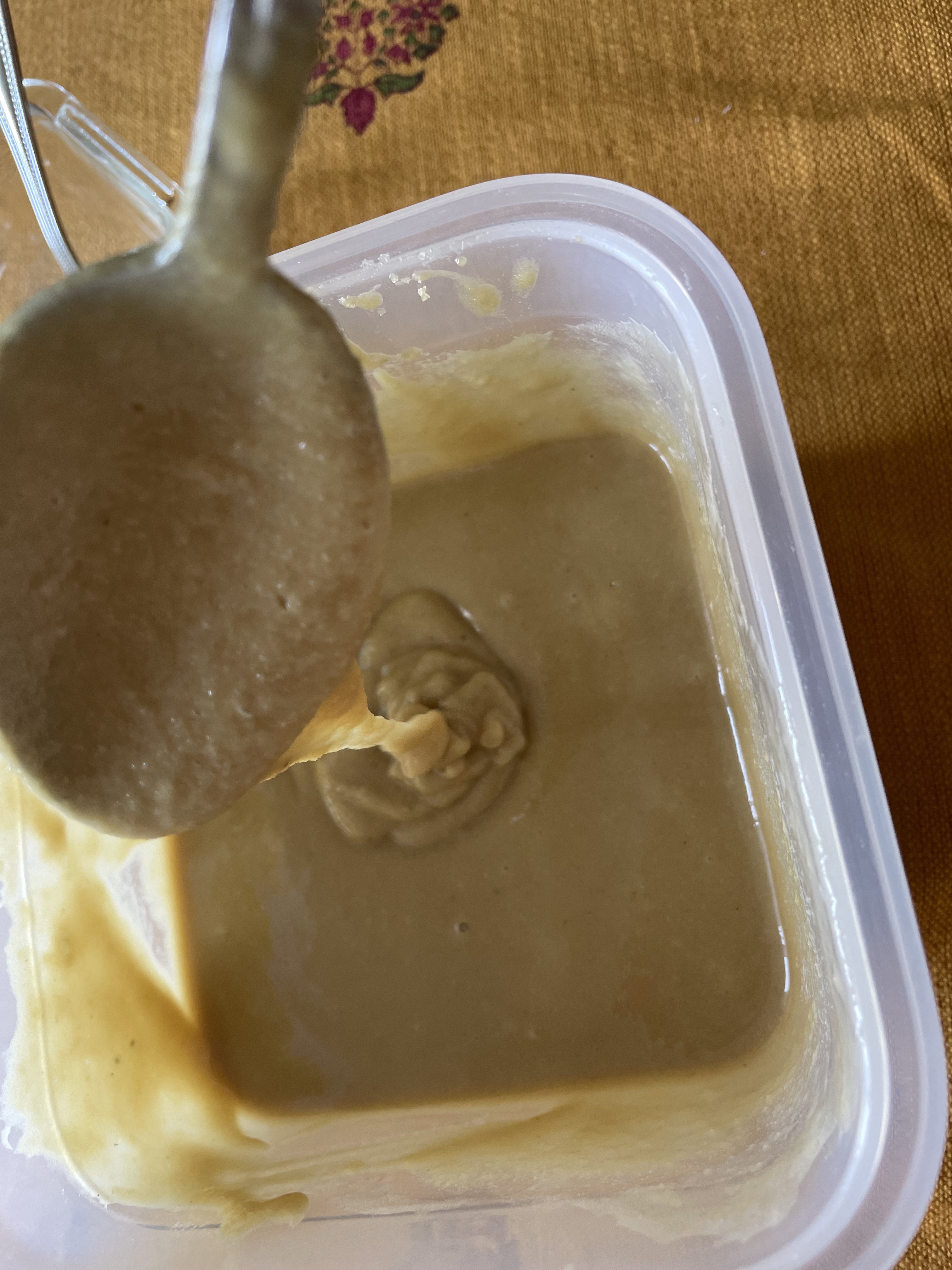
Just before frying, add a blended banana /plantain into the batter. This will help in getting the right consistency of the batter. To check the consistency, try the drop test. When you drop a spoonful of batter from the top, it’ll leave a shape behind for 10 seconds before blending into the batter.
In a shallow pan, heat a tbsp of ghee or clarified butter. Fry the sesame seeds, chopped coconut slices & cashew nuts and add it to the batter. I fry the coconut slices and cashew nuts separately as the time taken to turn golden brown differs.
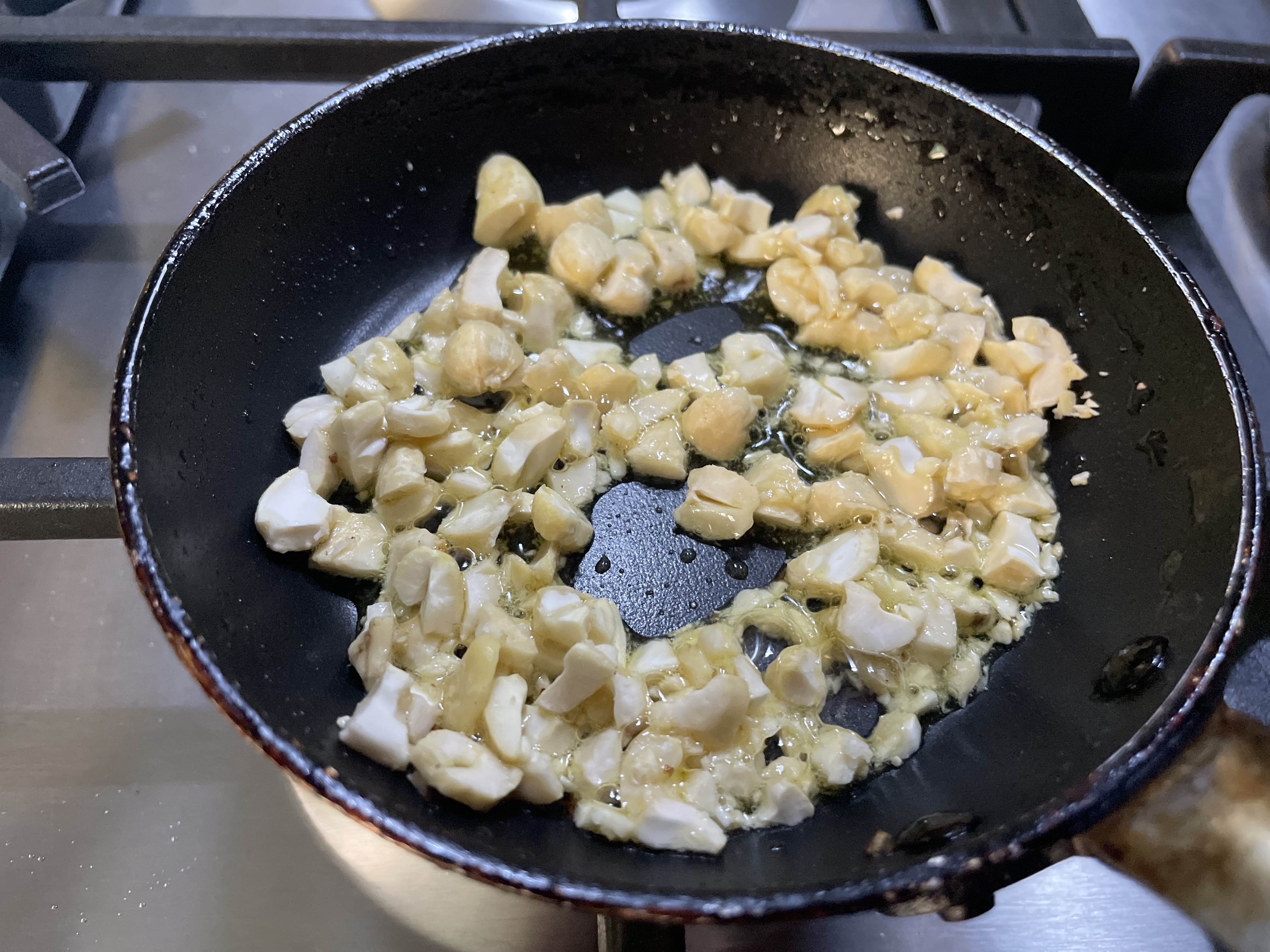

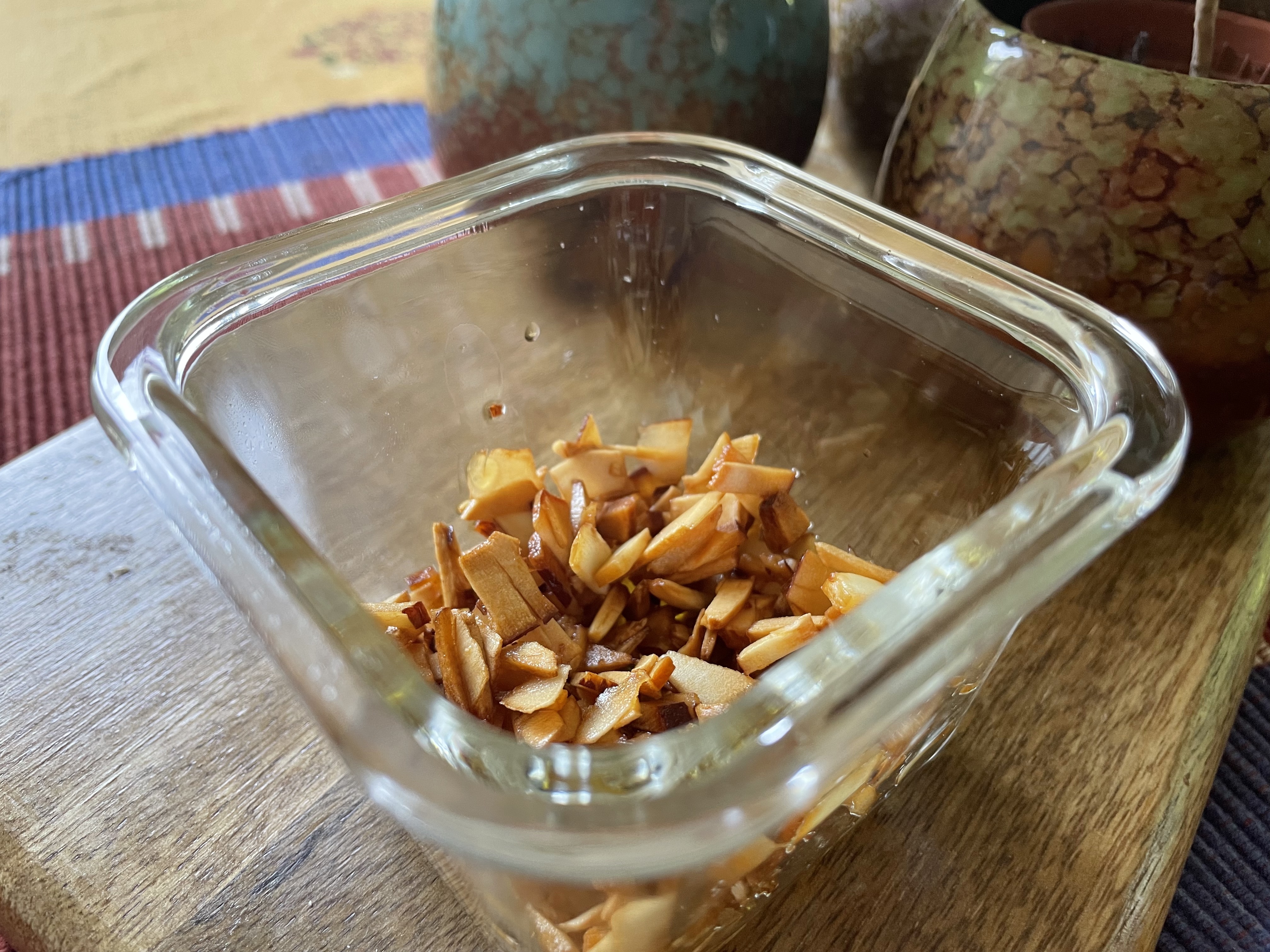
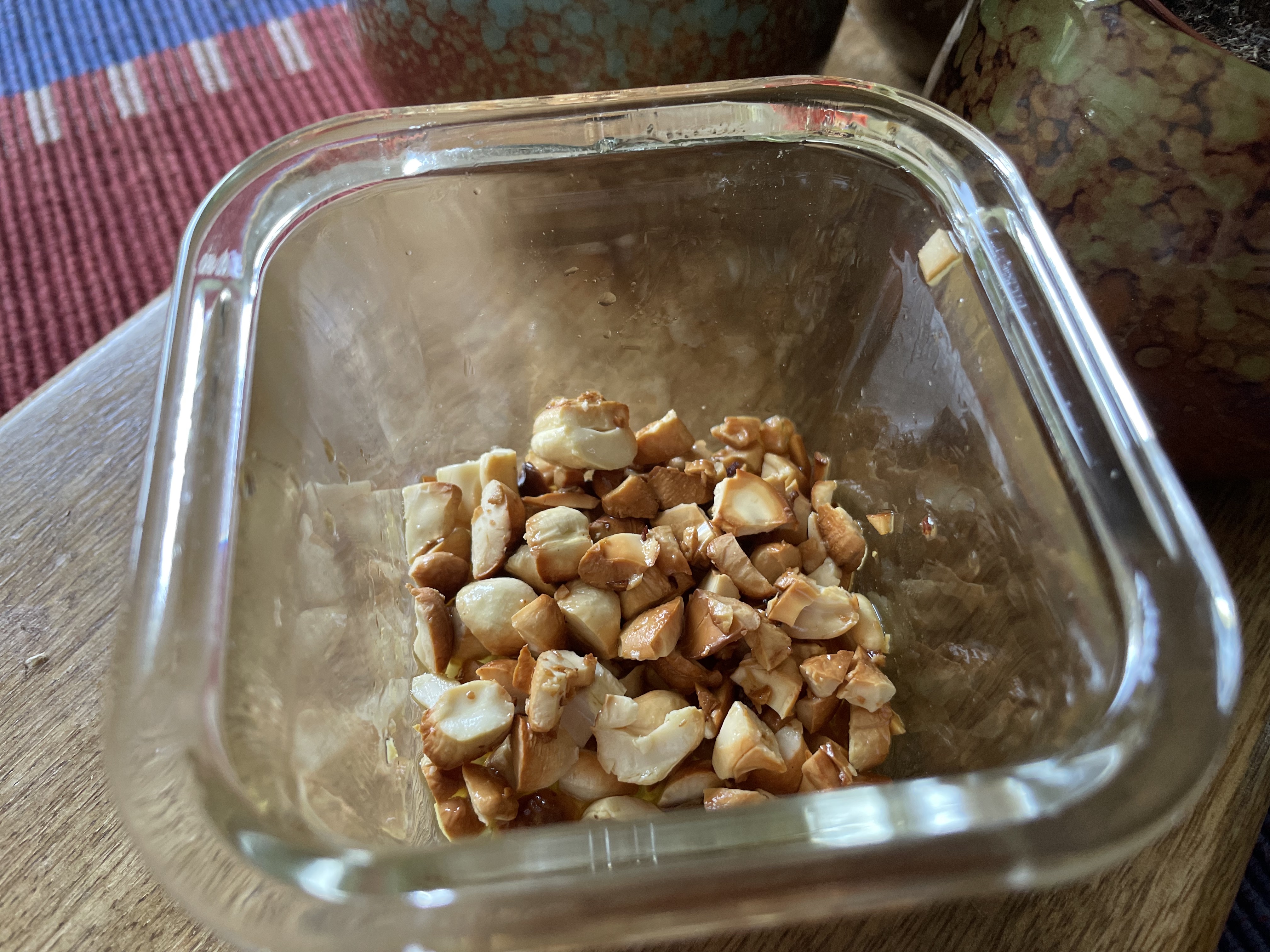

Add powdered cardamom and a pinch of salt to enhance the flavours.
After the batter is fermented, prepare the appe-pan / paniyaram pan for making the fritters.
Heat the pan on a medium flame and pour the oil or ghee to 3/4 the level.
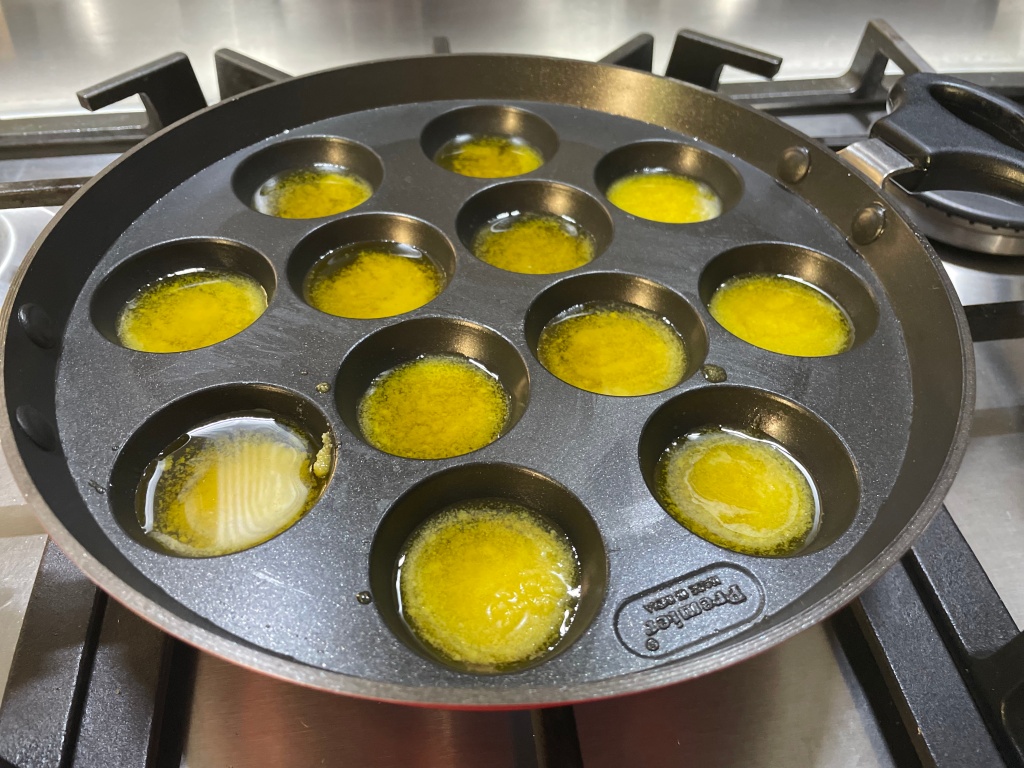
Lower the flame and add spoonful of batter to each holes. Now adjust the flame to a medium level and keep it steady. You don’t want the batter to cook too fast on the outside and remain undercooked inside.
When the sides start to turn brown, use a skewer or pick to turn it around.
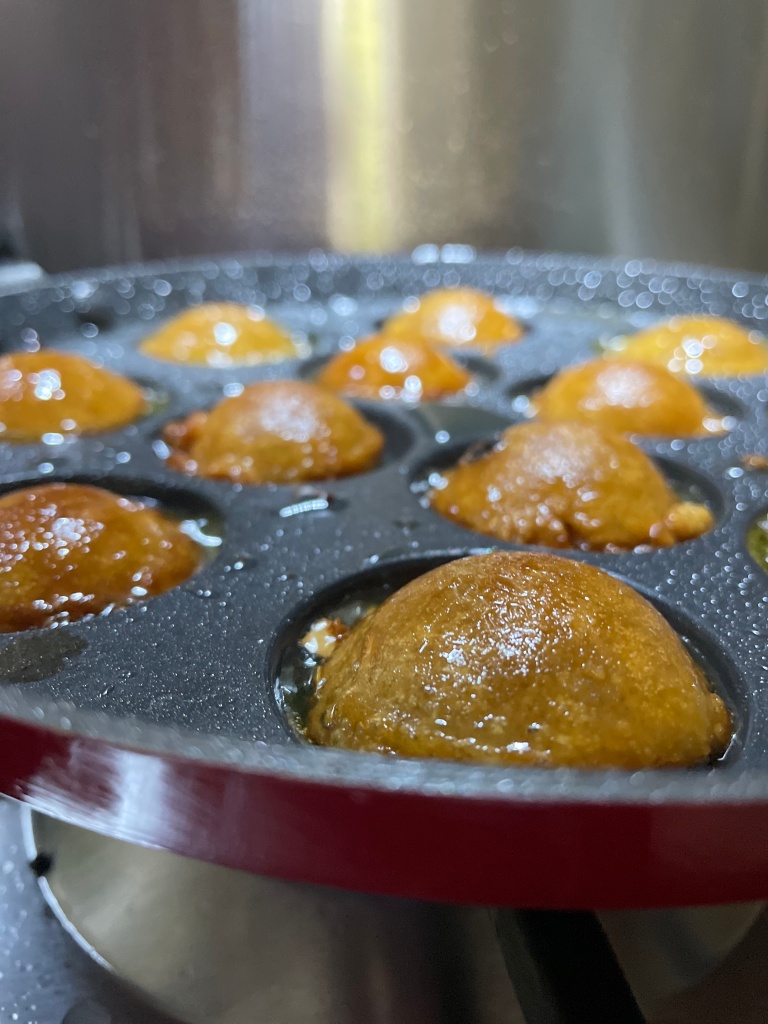
The fritters are ready when they turn golden brown. They need to cook at a slow pace. If you notice that it is browning immediately, reduce the flame. Otherwise, the fritters would be cooked on the outside and raw on the inside.
Do not wait for it to turn darker in colour. The fritters continue to cook a little more even after being taken out of the oil.
